Despite this neglect, Sioux Falls eventually did enjoy the presence of five big Class I roads, though all came in on branch lines. In addition to GN, the others were Milwaukee Road, Rock Island, Illinois Central, and Chicago & North Western’s Omaha Road. The Omaha’s branch came west from Worthington, Minn., in 1878 and went through Sioux Falls to Mitchell, S.Dak. Milwaukee Road’s came north a year later from Sioux City, Iowa, through Canton, S.Dak., and Sioux Falls, going on to connect with an east-west branch west of Pipestone, Minn. Rock Island arrived in 1886 from Iowa Falls, Iowa, via Sibley, Iowa. GN built into Sioux Falls in 1888 and on south to Yankton, on the Missouri River, and a year later, IC came up from Cherokee, Iowa, a town on its secondary main to Sioux City.
Ultimately all five roads established stations, yards, and engine terminals in Sioux Falls, and it seemed like a thriving city from a railroad observer’s viewpoint. At least it did to a visiting 10-year-old railroad nut in the late 1940s. Why, Sioux Falls could have been Chicago! By then the Rock Island and IC were pretty much afterthoughts, but GN, Milwaukee, and the Omaha were pure delights.
The Omaha’s yard, adjacent to the handsome brick GN station, was an exhilarating experience, regularly offering 0-6-0s, 4-6-0s, and 4-6-2s. The nearby Omaha roundhouse at Weber Street was another wonderful place. GN’s engine terminal was a little farther north, but among other things it hosted marvelous Belpaire-boilered class H 4-6-2s and some rare motor cars. Milwaukee’s operations a bit closer to downtown were also truly exciting, with a tightly bounded station, yard, and engine terminal that yielded an eclectic array of 2-8-0s, 2-8-2s, 4-6-2s, and new diesels.
The Milwaukee was the clear winner in terms of passenger-train service, offering the Sioux Falls section of the Midwest Hiawatha, the Sioux, and the Arrow (sometimes steam-powered) on various routes from Chicago. Second was perhaps the Omaha, with two trains a day connecting with the St. Paul–Omaha main line at Worthington. In those days, these trains carried through sleepers to both St. Paul and Omaha. Off the radar screen to me (and probably most others) at the time were Great Northern locals to Watertown, Garretson, and Yankton, as well as Rock Island’s forlorn all-stops local to Cedar Rapids, Iowa, and IC’s mixed train to Cherokee.
My own limited train-riding experiences to and from Sioux Falls included a fantastic cab ride in a K-1 4-6-0 on an Omaha Road freight train from my hometown of Adrian and back, thanks to an engine crew who understood a 10-year-old boy’s love of trains. More than 60 years later, that ride remains a once-in-a-lifetime memory.
Beyond that, my loving and understanding father took me on the train trip of a young lifetime, on the Midwest Hiawatha from Sioux Falls to Chicago. The Sioux Falls section joined the big Omaha–Chicago train at Manilla, Iowa. I was too young and dumb to understand all that, but we were on our way the 1948 Chicago Railroad Fair! I only regret I was too naïve to inhale all the joys of the journey. How could you not know you were passing the Milwaukee’s Western Avenue engine terminal in Chicago, with your favorite locomotive of all time, an F6 Hudson, in full view, and miss it!
Sioux Falls remains a special place to me in many ways. Railroad-wise, the glory has passed, of course, with RI and IC rails gone. The Milwaukee now is part of a locally owned aggregates railroad, the D&I (for Dakota & Iowa), running from Dell Rapids to the north, through to Sioux City. The road’s 1940s-era passenger station of fond memory is now a bar and grill. The GN line is the only remaining Class I, still a branch of BNSF Railway. My beloved hometown Omaha Road no longer reaches Sioux Falls, but truncated portions of its now shipper-owned southwestern Minnesota line still lug grain cars to connect with BNSF at Manley, Minn.
I know of no other state’s largest city that once hosted five Class I carriers, but all on branch lines. But it matters little, for as I said, at age 10, Sioux Falls could have been Chicago!
First published in Fall 2012 Classic Trains.
Learn more about railroad history by signing up for the Classic Trains e-mail newsletter. It’s a free monthly e-mail devoted to the golden years of railroading.





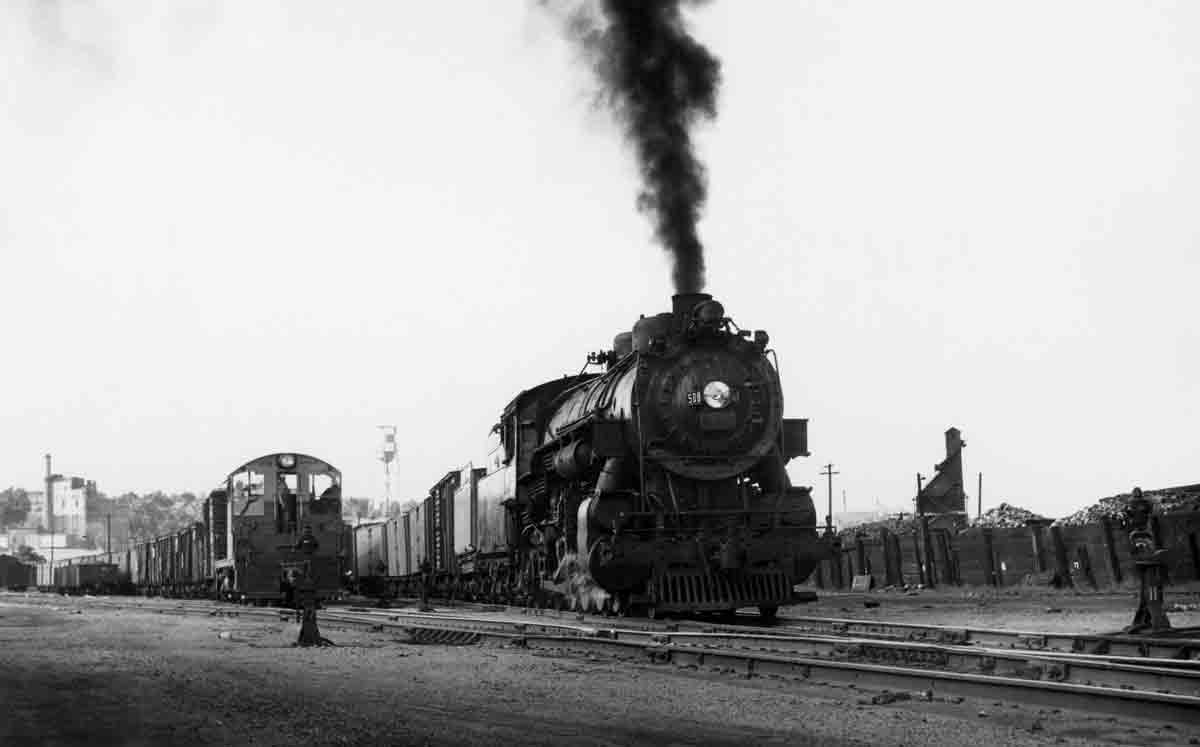

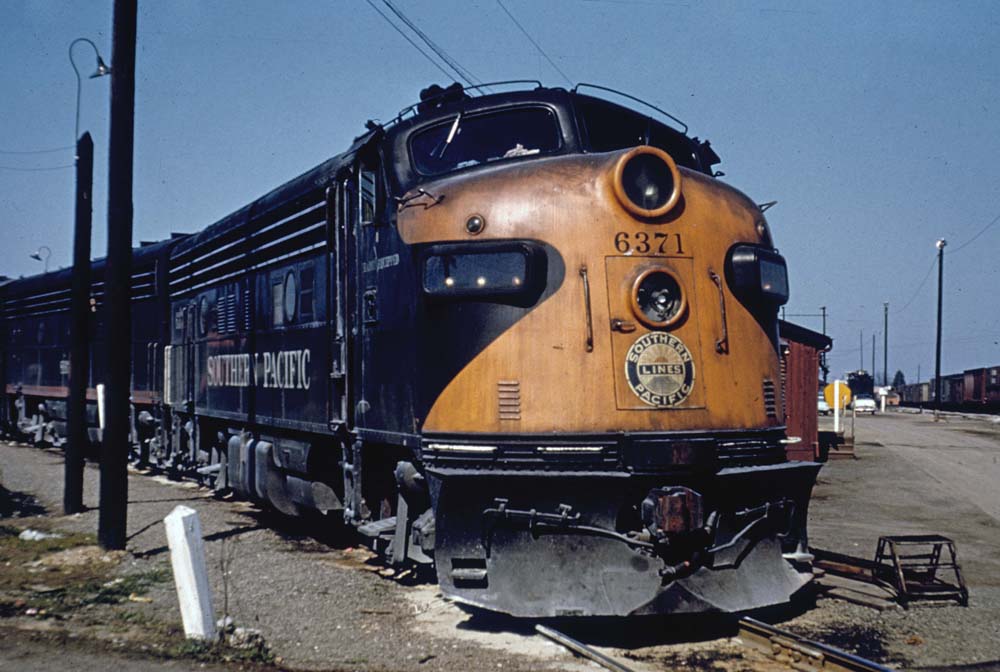
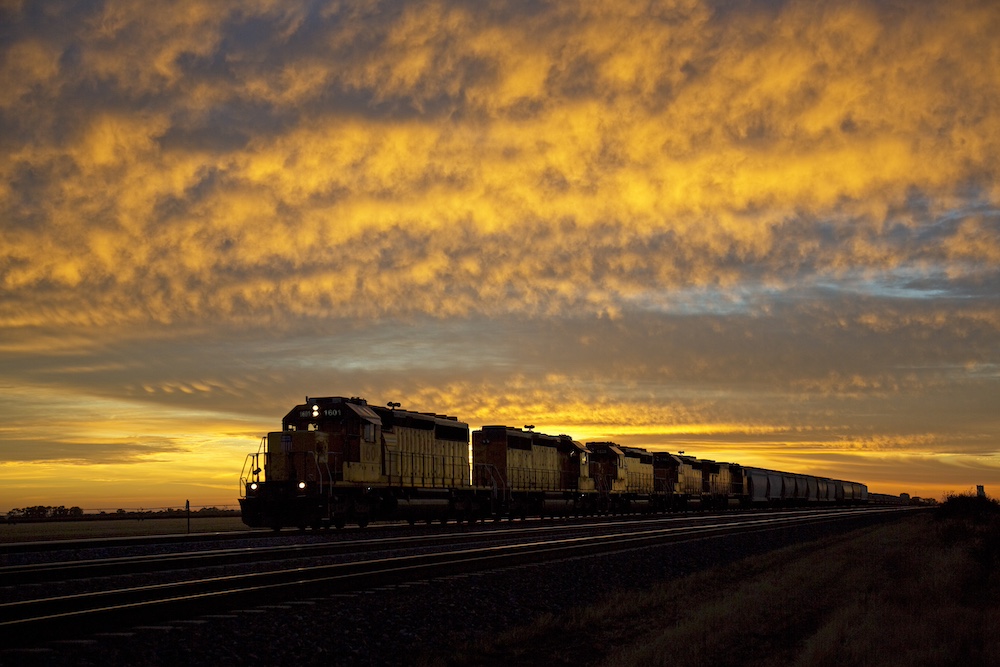
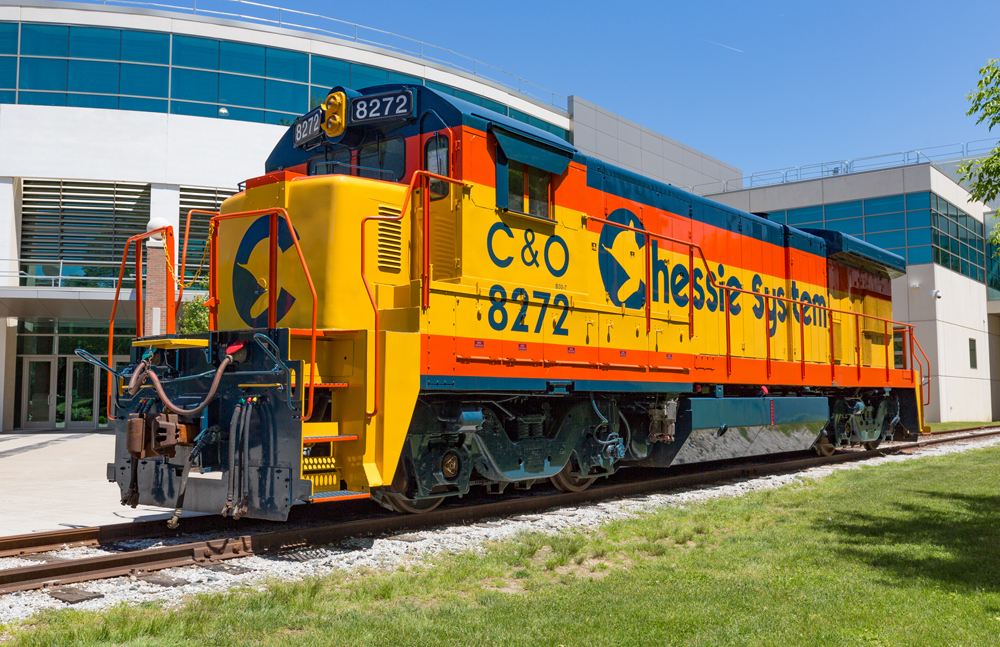
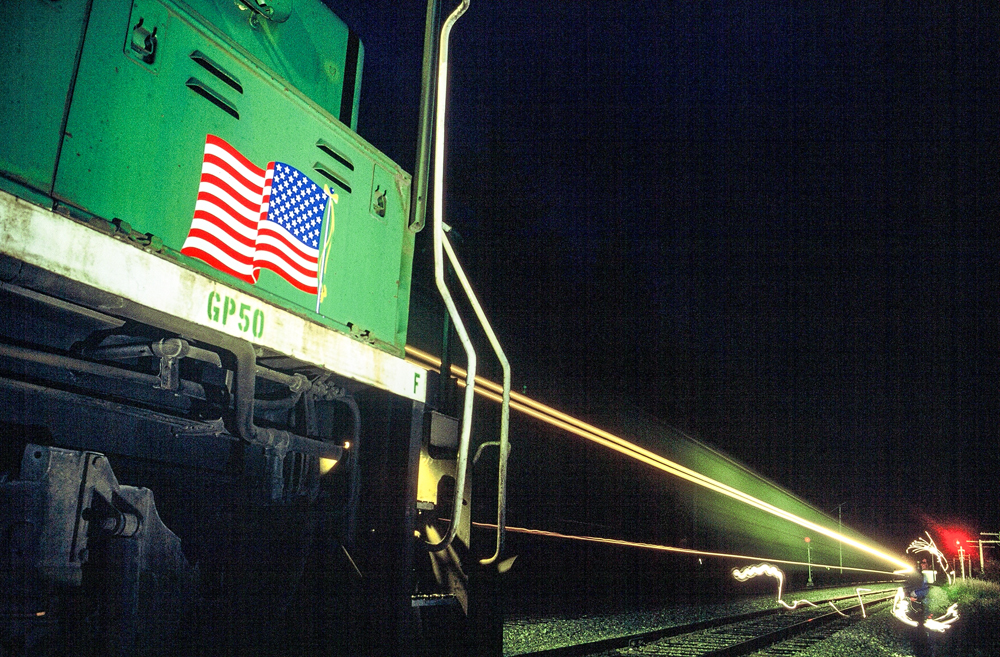




Good article as I’ve railfannd Sioux Falls frequently as a C&NW employee and after marriage to visit my wife’s friends as she went to Nursing school there. Also, despite Rock & IC given short shrift in the article, she used IC to travel to/from Nursing (her Iowa home near LeMars, IA) This would have been “66/67. Also Rock’s beautiful depot still there (but repurposed) as well as GN’s. Good frt ops to @ packing plant, etc.